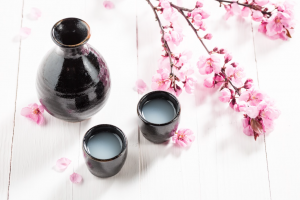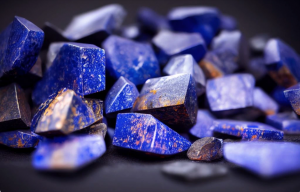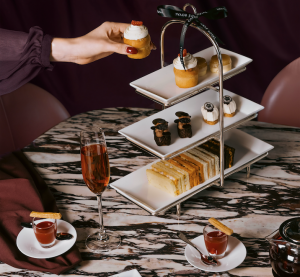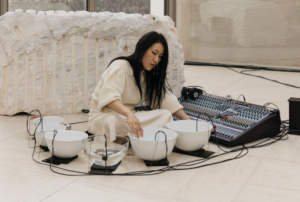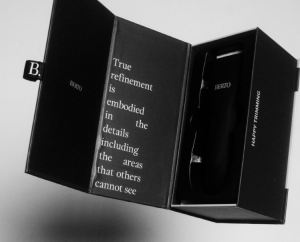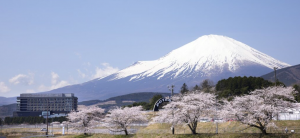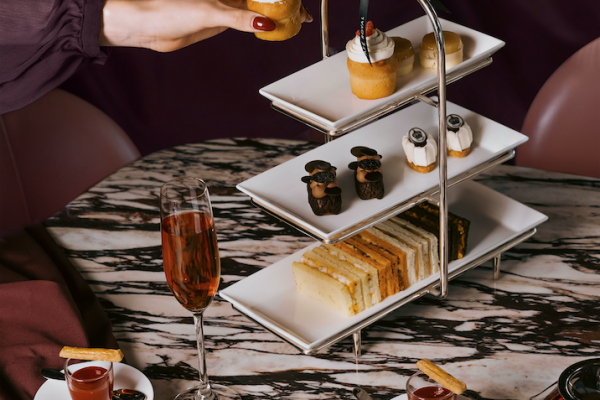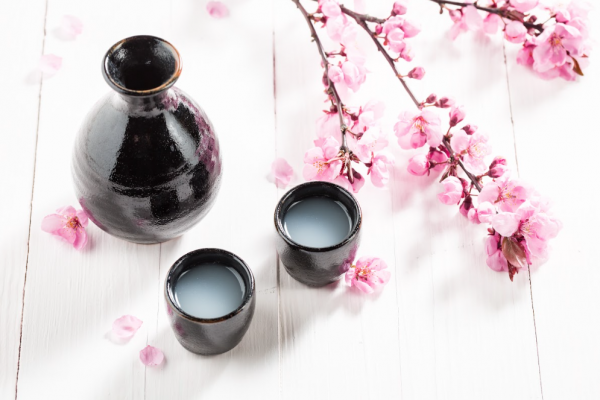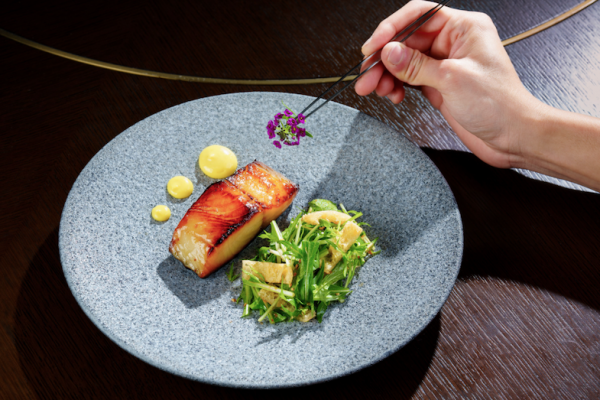Vinexposium CEO Rodolphe Lameyse tells David Ho about trends in the beverage business and what makes a good vino

Vinexpo Asia makes a spirited return to Hong Kong on May 28 to 30, after a six-year break. Held at the Hong Kong Convention and Exhibition Centre, the event will bring together the movers and shakers (not stirred) of the wine and spirits business in Asia for three days of conversations, meetings and tastings.
Ahead of the event, Vinexposium CEO Rodolphe Lameyse shares his thoughts on developments in the bottle business and his own definition of a great wine.
What can we expect from the return of Vinexpo?
The return of Vinexpo Asia in Hong Kong after a hiatus of six years marks a significant milestone for the global wine and spirits industry. In Asia, where the absence of significant international wine shows has been felt keenly over the past six years, it signifies a resurgence in opportunities.
The wine investment market is poised for renewed vigour and interest. With no major international showcases to anchor investment decisions in recent years, Vinexpo’s revival injects a fresh sense of excitement and optimism into the market, offering investors a timely opportunity to explore new trends, emerging regions, and alternative investment strategies within the wine sector.

Speaking of trends, what are some you are seeing in Asia in terms of wine consumption?
While traditional preferences for premium offerings from renowned wine-producing regions like France, Italy, and Spain remain strong, there’s been a noticeable uptick in demand for organic and biodynamic options. This shift reflects not only a growing appreciation for sustainable practices but also a deeper connection to the origins and processes behind each bottle.

In terms of wine investments, what are you seeing the market move towards?
The wine investment landscape is undergoing a significant transformation characterised by several key trends. Firstly, there’s a discernible shift towards alternative investment strategies within the wine market, with growing interest in avenues like investing in en primeur or futures. This trend reflects investors’ desire for unique opportunities and potential value appreciation beyond traditional investment instruments.
Secondly, there’s a rising fascination with investing in emerging wine regions, fueled by the allure of high returns and the potential for portfolio diversification. As investors seek to expand their horizons and tap into new growth markets, emerging wine regions offer promising prospects for those willing to venture beyond established territories.
Lastly, the adoption of technology-enabled platforms for wine investment is reshaping the landscape by enhancing accessibility and transparency for investors. These platforms provide valuable tools and insights, empowering investors to make informed decisions and navigate the complexities of the wine market with greater confidence.
Together, these trends signify a dynamic evolution within the wine investment sector, characterised by innovation, diversification, and a growing recognition of wine as a compelling asset class with unique investment opportunities.

In your eyes, what are the hallmarks of a good bottle of wine?
In the world of wine, each bottle holds a story waiting to be told—a tale of the land it hails from, the hands that nurtured its vines, and the journey it embarked upon to reach your glass. At the heart of this narrative lies the quality of grapes and terroir, whispering secrets of sun-kissed hillsides, rocky soils, and gentle breezes. These elements paint a vivid portrait of the wine’s origin, forging a profound connection between the drinker and the land that bore it.
Yet, a great wine is more than just a reflection of its terroir; it’s a mix of flavours orchestrated with precision and finesse. As you savour each sip, you embark on a sensory journey where acidity dances gracefully with sweetness, tannins provide structure, and alcohol content lends warmth to the palate. It’s a delicate balancing act that speaks to the artistry of the winemaker and the careful blending of nature’s bounty.

But the true magic of wine lies in its ability to transport you to distant lands with a single swirl and sniff. With each inhale, you’re transported to sun-drenched vineyards, where the air is infused with the heady aroma of ripe fruit, fragrant blooms, and earthy undertones. These complex aromas and flavors not only tantalise the senses but also hint at the wine’s aging potential and the countless hours of labour and love invested in its creation.
Above all, a remarkable bottle of wine is a testament to the storytellers behind it—the passionate vintners who channel their expertise and reverence for the land into every drop. Their unwavering commitment to excellence is evident in the wine’s overall harmony and seamless integration of components, inviting you to linger over each sip and unravel the layers of its narrative. In this way, wine becomes more than just a beverage; it becomes a cherished companion on life’s journey, weaving tales of tradition, culture, and human connection with every pour.

What are your projections for the wine market in Asia for 2024?
There is a discernible focus on renowned wine-producing regions such as Bordeaux, Burgundy, and Napa Valley. Consumers remain steadfast in their appreciation for established labels and provenance, albeit with a heightened sensitivity to value and quality.
Simultaneously, there’s a noticeable trend towards niche and artisanal wines, reflective of consumers’ desire for unique and authentic experiences. This growing interest extends beyond the mainstream offerings, as enthusiasts seek out lesser-known producers and varietals, drawn by the promise of discovery and storytelling inherent in each bottle.
Furthermore, the wine market in Asia is witnessing an expansion of online wine retail platforms and virtual tasting experiences, responding to changing consumer preferences and lifestyle habits. As digitalisation continues to reshape the retail landscape, these platforms offer convenience and accessibility, allowing consumers to explore a vast array of wines from the comfort of their homes.
Innovation remains a key driver in capturing consumer attention and differentiation in a competitive market. The emergence of innovative packaging and labeling designs signifies a shift towards more engaging and experiential branding strategies. From eye-catching graphics to eco-friendly materials, wineries are exploring new ways to stand out on the shelf and resonate with discerning consumers.
In summary, while optimism pervades the outlook for the wine market in Asia, stakeholders remain mindful of the economic uncertainties and shifting consumer behaviors. Adaptability, innovation, and a focus on delivering exceptional quality and value will be crucial in navigating the evolving landscape and seizing opportunities for growth and differentiation.





